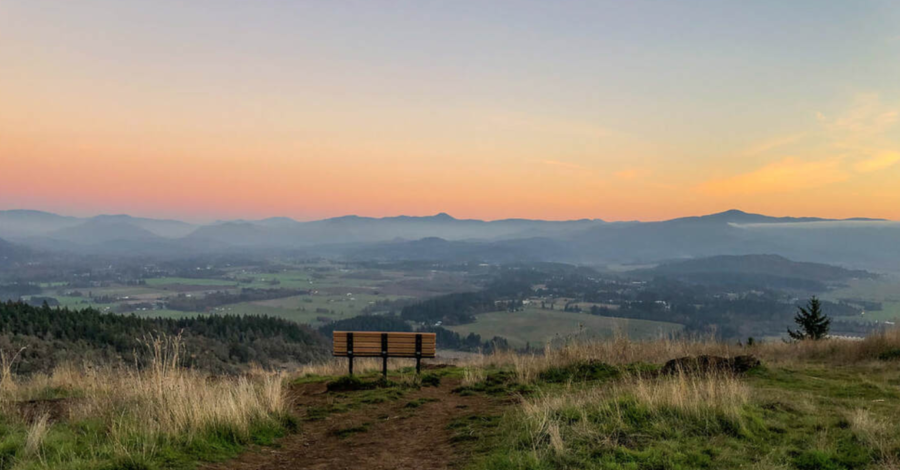A Nachusa fire crew hit a 24-acre project area of the grassland Tuesday, November 14, for a prescribed burn on the prairie habitat. Fire has historically been an important and natural part of the prairie; clearing the ground cover stimulates new growth, and many native plants rely on wildland fire to open seed pods and regenerate. Sauk Valley Media sent their ace photographer to track the 10-person crew at Nachusa Grasslands as they worked to put in firebreaks, put down a water line, and ignite the grasses so the fire will burn in their planned direction.

The 4,100-acre Nachusa Grasslands preserve consists of large remnant prairie, woodlands, and wetlands reconnected through habitat restoration to create one of the largest and most biologically diverse grasslands in Illinois. Including 4,000 acres of restored and remnant prairie, Nachusa Grasslands is home to 180 species of birds, more than 700 native plant species, and a herd of bison.
The Nature Conservancy purchased the core of the preserve in 1986, recognizing that Nachusa offered a terrific opportunity to restore a diverse native grassland.
Working hand-in-hand with Nature Conservancy staff, volunteer stewards collect and plant seeds, manage invasive species, repair wetlands, and conduct prescribed burns to preserve this ecosystem.

The Friends of Nachusa Grasslands has a calendar online for its volunteer workdays; hunting season is scheduled in early December and the spring RxFire season will start up in March 2024. If you’re interested in volunteer opportunities, most workdays are scheduled on Thursday and Saturdays.

The Friends organization is established to fund endowments for long-term protection of the Grasslands, conducting and encouraging stewardship, supporting science and education, and protecting the land here. Nachusa Grasslands is open from dawn to dusk, and visitors are welcome to hike in the non-fenced areas. Wildlife inhabitants include a herd of bison, which range across 1,500 acres and are often not visible from the Visitor Center or the roadsides. Almost 10 years ago, 30 bison were introduced to Nachusa Grasslands from three preserves owned by The Nature Conservancy in South Dakota, Iowa, and the Dunn Ranch in Missouri.  Wind Cave National Park bison and elk, photo ©2013 Bill Gabbert
Wind Cave National Park bison and elk, photo ©2013 Bill Gabbert
Originally part of the herd from Wind Cave National Park in South Dakota, these bison have been tested and show no traces of cattle genes. No hiking is permitted inside the fenced North or South Bison Units.
The bison and the grassland vegetation species all benefit from prescribed fire and the Nature Conservancy’s fire research, and this fire — like others at the Grasslands — was timed for weather and fuels conditions that would be conducive to a controllable prescription burn.
“Wind and dry air is what determines whether we can have a burn,” Nachusa Director Bill Kleiman on Tuesday told photographer Alex Paschal.
A light south wind pushed the flames and smoke north, so crews planned for locations of the firebreaks and road warnings for motorists traveling the area. The burn was roughly an “L” shape on Carthage Road, and two separate crew units started the process on either side — so the fire could burn together in the middle.
“If the side upwind doesn’t have enough of a firebreak,” Kleiman said, “it can jump it and burn the other side.”
Alex Paschal has a photo gallery from the burn [HERE].








